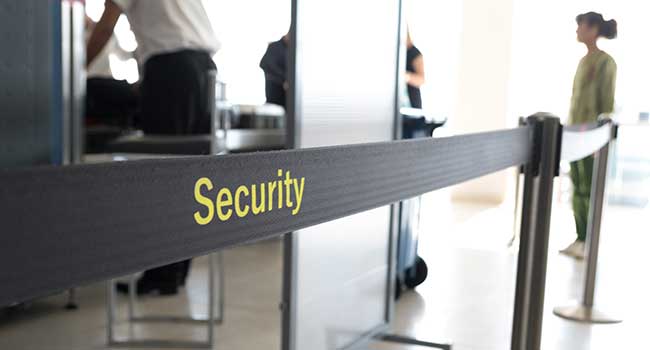
Delta Air Lines to Launch Nation’s First Facial Recognition Airport Terminal
The terminal will be deployed at Hartsfield-Jackson Atlanta International Airport, and will allow travelers to use facial recognition instead of their passports to pass through checkpoints at the airport.
- By Jordan Lutke
- Sep 28, 2018
Delta Air Lines plans to deploy what it calls a “biometric terminal,” the nation’s first, at the Hartsfield-Jackson Atlanta International Airport. Delta plans to use the technology at check-in, the security checkpoint and at Customs processing.
The biometrics terminal will be located at Maynard H. Jackson International Terminal and use facial recognition. The initiative is similar to what has already been in place in airports like Singapore Changi airport, which opened a biometric terminal last fall.
Delta says that facial recognition can save up to nine minutes of time during boarding.
“We’re scaling first in Atlanta at Concourse F, and as we get experience with that we’re going to look to scale it throughout our system ultimately,” said Gil West, chief operating officer of Delta. “We think it will, over time, become the norm in the travel experience.”
The new biometric terminal will not affect domestic flyers, and international travelers will still need to show their physical passport at the TSA checkpoints. Passengers will have the option to opt-out of the facial recognition. The TSA will also soon launch a new scanner at the same terminal, allowing passengers to pass through two automated screening lanes without taking items out of their bags to be checked.
Privacy advocates have warned of risks associated with using facial scans for security, and also of the worrying implications of large-scale biometric scanning for something as common as air travel.
About the Author
Jordan Lutke is an intern with 1105 Media.